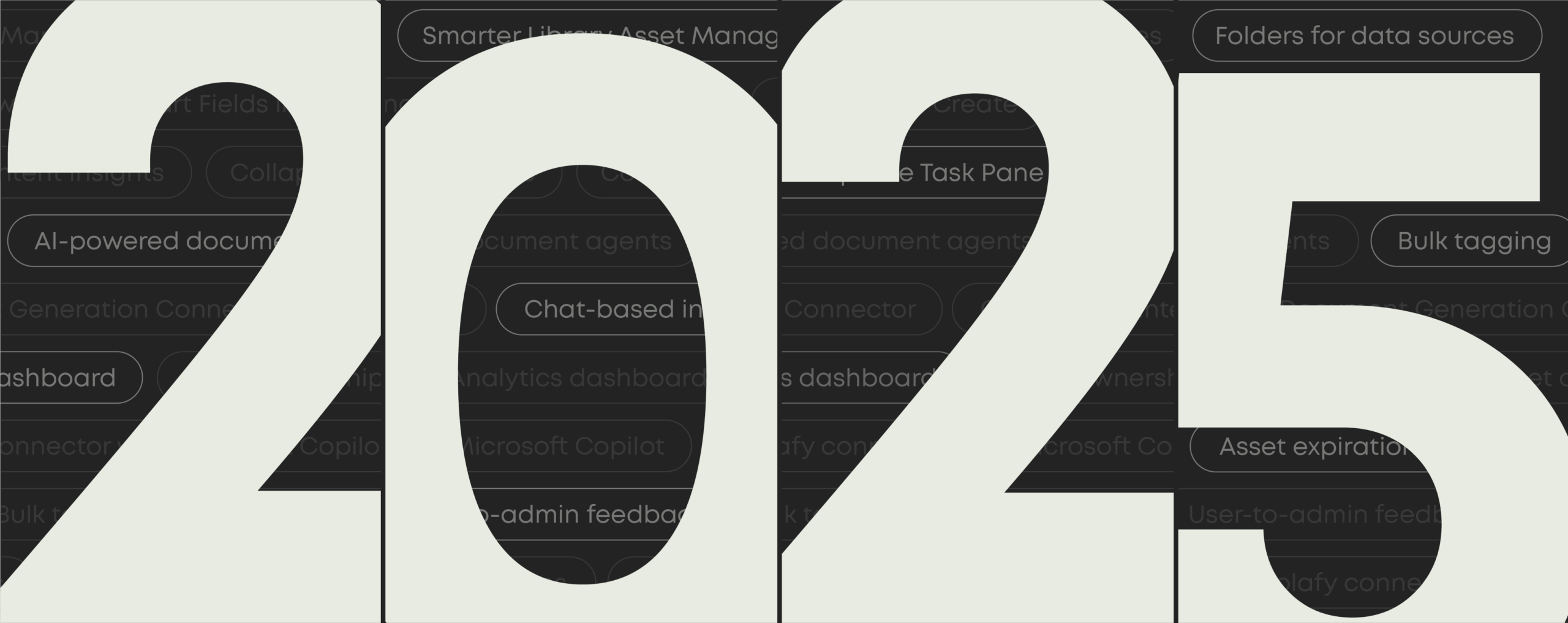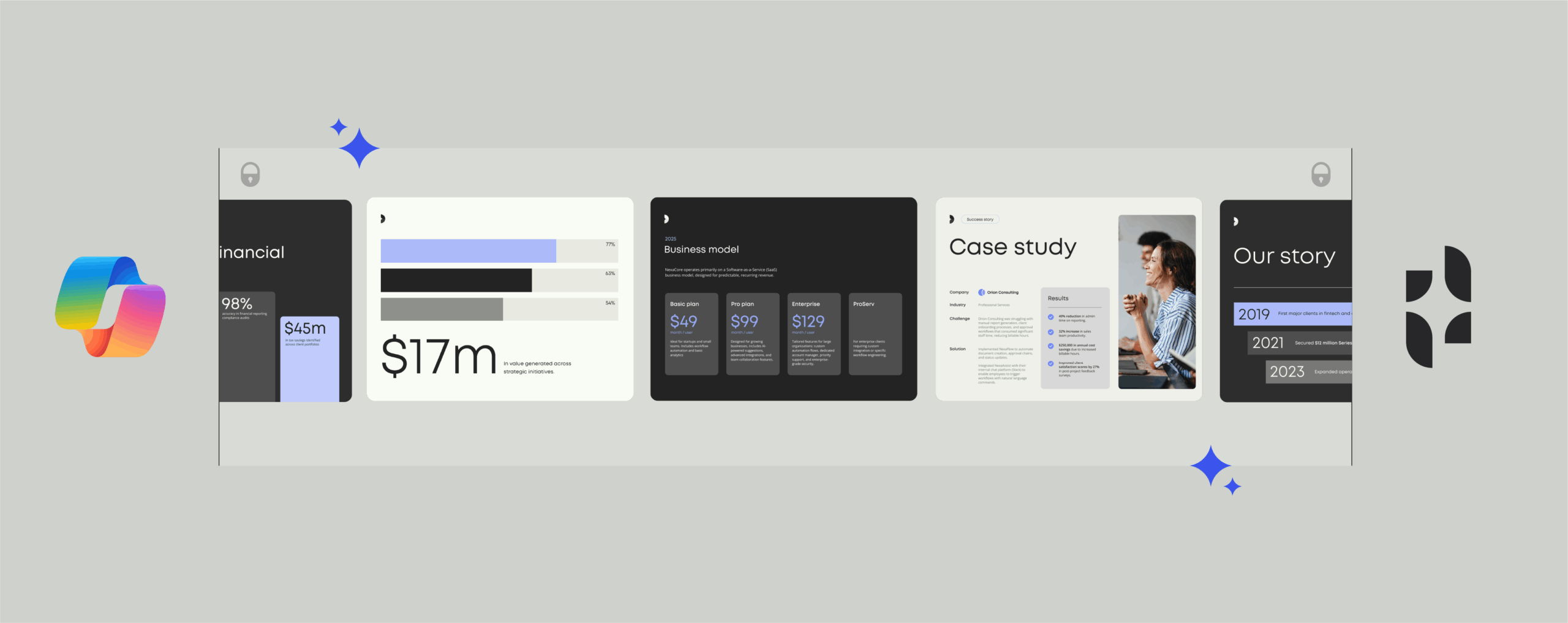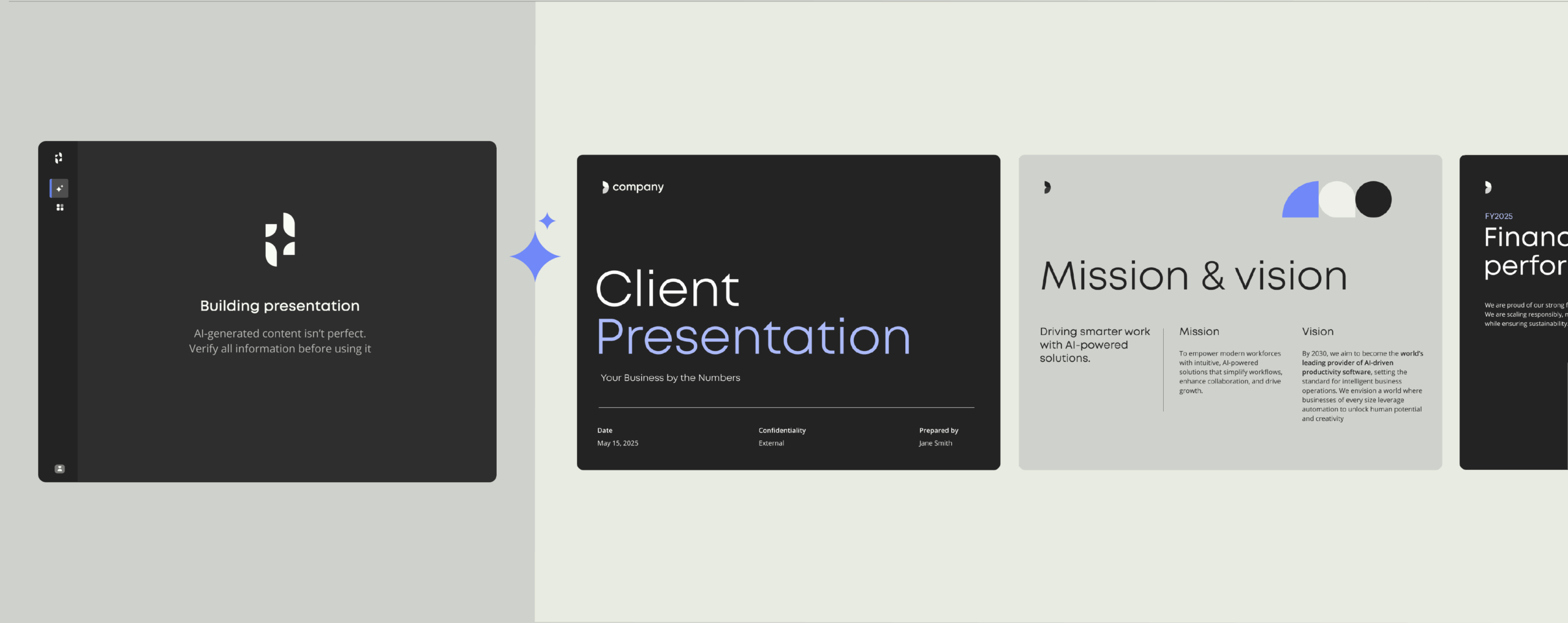A Fortune 500 AI advisor’s 3-step framework for scaling AI in business
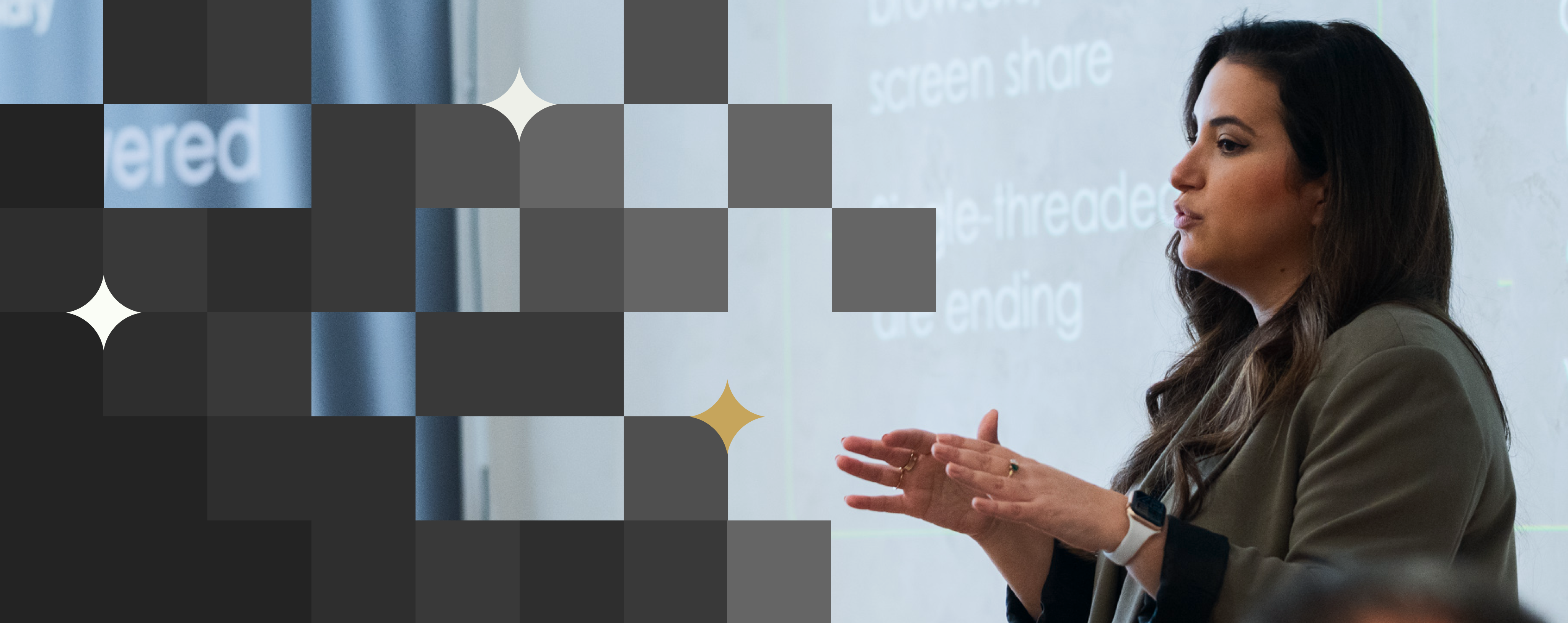
Insights from Allie K. Miller’s keynote, Transforming workflows with AI
They said it was coming, and fast, but the AI we thought we’d see in 2050 is already here.
Today’s models are outperforming PhDs on complex tasks. And GPT-4 might be showing early signs of Artificial General Intelligence, according to a 2023 Microsoft study.
Of course, when it comes to AI in business, none of that matters unless it’s embedded where it counts: in day-to-day workflows.
If there’s one person who knows how to get us there, it’s Allie K. Miller—former Global Head of AI Business Development at Amazon, CEO of Open Machine, and trusted AI adviser to Fortune 500 companies.
Here are the biggest takeaways from her keynote at Templafy Connect.
Key takeaways
- The most forward-thinking companies aren’t testing AI on the side. They’re building their entire business around it.
- The best AI doesn’t feel flashy or new. It fits into your team’s existing tools and routines.
- The biggest wins start in the background: automating the repetitive, time-consuming tasks that slow people down.
The 3Ps: How to build an AI-first business
Keep up with AI
Get practical tips and real stories on how AI is changing document work. Stay informed and make smarter choices for your team.
During her time at Amazon, Miller noticed something. The AI headlines were all about the models, but the companies who were really succeeding were making AI a part of everything they did. They were running “AI-first businesses”.
And now, she helps others do the same.
To harness AI’s full potential, Miller introduced the 3P methodology: a framework for integrating AI across People, Process, and Product.
Here’s how it works.
“The news was focused on how incredible these AI products were… The way bigger story was that all of these companies were using AI in everything they did.”
1. People: Help employees work faster and smarter
AI should support people, not replace them. Miller says the best AI sits in the background, helping employees do what they already do, only better.
Example from the keynote:
Morgan Stanley gave its wealth managers an internal AI assistant. It pulls up relevant documents and answers questions in real time, making the advisor more confident and consistent, while keeping the client experience fully human.
At her own company, every employee uses a personal AI assistant trained on their team’s goals and values. In meetings, they take “AI breaks”, where the team steps away to generate fresh ideas, then comes back with sharper thinking.
2. Process: Use AI to streamline repetitive tasks
AI’s biggest wins often come from the back office, where repetitive, manual work slows things down.
Example from the keynote:
Walmart piloted an AI negotiation tool called Pactum to handle contracts with smaller vendors—the kind of low-priority deals that often get delayed or overlooked due to limited internal capacity.
Instead of relying on manual back-and-forth, the AI handled the entire negotiation process autonomously, guiding vendors through terms and mutual interests until a deal was reached.
The results:
- 89% of vendors opted in
- 68% deal closure (vs. 20% target)
- 3% average savings per contract
- 75% of vendors preferred the AI
Miller also shared how she uses AI in hiring.
In one workflow, she gave ChatGPT details about her business and the role she was hiring for. In minutes, it generated job descriptions, KPIs, and even recruitment tweets. Then, she passed it to Claude, which built a working skills test interface—ready to use in interviews.
3. Product: Improve what you offer—and how you build it
The last step is using AI to enhance both your product and your production process.
Example from the keynote:
Stitch Fix uses GenAI to create 10,000+ product descriptions every 30 minutes. Employees can focus on reviewing and refining, not starting from scratch, cutting turnaround time from two weeks to a few minutes.
The same AI also powers millions of personalized outfit suggestions each day, tailored to individual users.
In pharma, one of Miller’s clients uses AI to generate 1,200 landing pages for every new product, each customized to a different market segment. The result? Better targeting, higher performance.
And with no-code tools like Lovable, Miller showed how it’s now possible to generate full apps from a single prompt.
ADDITIONAL CONTENT
AI is here to stay. So stay informed.
The second wave of GenAI is here, and it will belong to businesses that make AI a core part of their daily workflows.
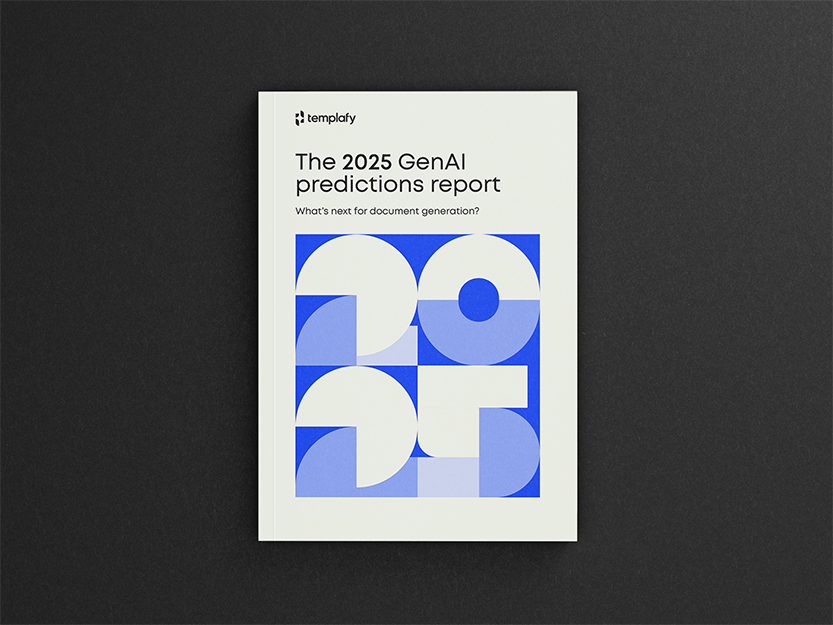
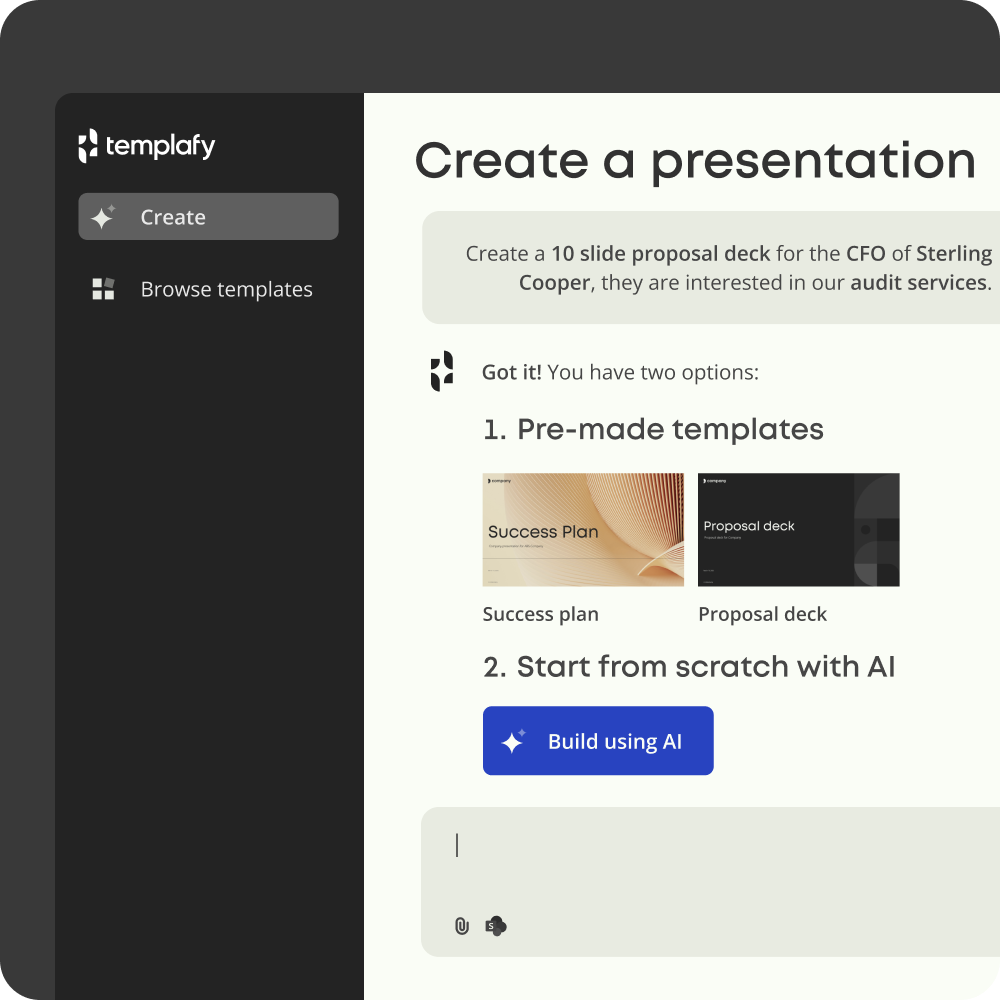
What’s next for AI in business?
At the close of the session, Miller outlined what’s coming next.
“The big question, of course, is how are you going to respond? What matters is how you take that vision and turn it into action.”
1. Multimodality is becoming the default
AI is no longer just text-based. It’s now fluent across image, voice, video, and even physical interfaces. Expect assistants and browsers that operate seamlessly across formats.
As Miller shared:
“I’ll often just go on a 45-minute walk around New York and dictate to Otter AI an entire newsletter or business proposal—and then use that transcript to get started.”
2. Personal software is on the rise
Miller believes we’re entering an era where every employee can generate their own tools. Need a packing list? A skills test? A research app? AI can now build “disposable software” that solves a single task and vanishes when it’s done.
This is how speed scales. Not through big releases, but through fast, lightweight solutions tailored to the moment.
3. Business models will shift to outcomes
A new wave of SaaS companies are rethinking how they charge for AI. Instead of licenses or seats, Miller predicts we’ll see models based on output: how much value was delivered, time saved, or revenue unlocked. It’s early days, but the shift is coming.
Ready to embed GenAI into your existing workflows?
There’s a reason firms like KPMG, BDO—and over 4 million users worldwide—build their documents with Templafy.
Our AI-powered platform plugs GenAI and automation into the tools your teams already use, like Word, PowerPoint, and SharePoint.
And with Templafy’s new document agents, creating business documents is as easy as describing what you need. The agents automatically pull approved content, apply your brand and compliance rules, and build the document for you—right inside your existing workflows.
No extra tools. No switching apps. Just faster, better quality documents.

